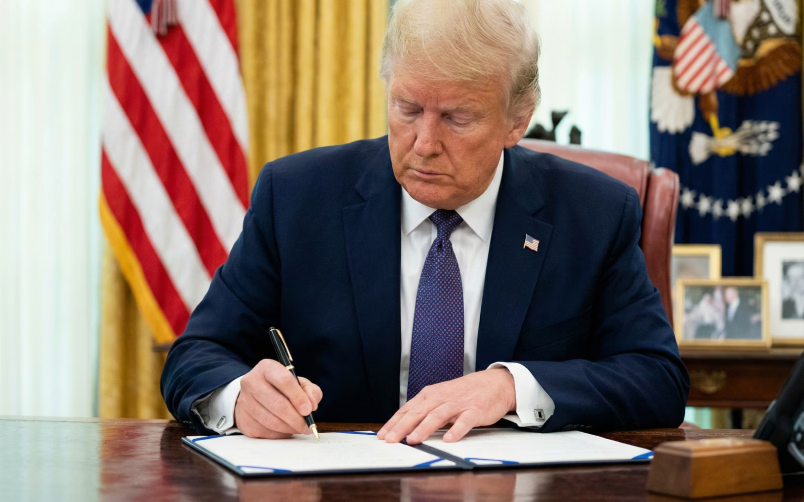Exploring the High Cost of Cannabis in Maryland


The high cost of Maryland cannabis has been a point of contention among consumers, especially when compared to states like Colorado and California. With vape pens priced at nearly double in Maryland and edibles costing significantly more than in neighboring states, many are questioning why such a price disparity exists.
Today we are exploring the various reasons for Maryland’s elevated cannabis prices, the distribution of tax revenue, and how the market has evolved since legalization.
Comparing Maryland Cannabis Pricing to Other States
The Maryland cannabis market has seen a surge in demand since the legalization of recreational use in July 2023, but the pricing remains significantly higher compared to other states with more mature markets. For example, a standard vape pen can cost $95 in Maryland, while the same product might be priced around $45 in Colorado.
Similarly, a pack of edibles in Maryland might cost 30% more than in Massachusetts and 200% more than in California. This discrepancy stems from various factors, including state taxes, supply chain costs, and market maturity.

Breaking Down the Maryland Cannabis Tax Structure
One of the primary reasons for Maryland’s cannabis prices being so elevated is the state’s cannabis tax structure. Under the Cannabis Reform Act, the state imposes a 9% sales tax on adult-use cannabis, which is higher than the rates in some other states.
In comparison, Colorado has a 15% sales tax. However, they have a more competitive market that drives down consumer prices. Maryland's focus on maximizing tax revenue from cannabis has been instrumental in generating significant state income but has also made products less affordable for consumers.
The Impact of Legalization on Maryland’s Cannabis Market
Since the legalization of adult-use cannabis in July 2023, the Maryland market has been characterized by steady demand but stagnant or even rising prices. Unlike states that saw price drops as competition increased, Maryland has maintained high price points for most products. This can be attributed to the limited number of licensed dispensaries and cultivators, which restricts the market’s ability to self-regulate prices downward.
Quality Standards and Testing: Are Maryland’s Higher Prices Justified?
Maryland’s commitment to stringent testing and quality standards is another factor that contributes to the high prices. All cannabis products must pass rigorous safety and potency tests before reaching consumers, which can add to production costs for cultivators and dispensaries. While these requirements ensure a higher quality product, they also contribute to higher costs than those seen in other states with less demanding testing protocols.
For instance, Maryland requires extensive testing for heavy metals, pesticides, mold, and other contaminants. Contrast this with a state like Oregon where testing and quality standards allow for higher thresholds of contaminants, resulting in lower production costs and retail prices. This is due to Oregon growers not being required to invest as heavily in compliance measures.

Where Does Maryland’s Cannabis Tax Revenue Go?
Cannabis tax revenue is a major source of income for Maryland, and a portion of this revenue is directed toward community development initiatives. In the second quarter of 2024 alone, the state collected $22.3 million in cannabis taxes, with around $7.8 million going to the Community Reinvestment and Repair Fund. This fund is designed to support communities disproportionately affected by past cannabis criminalization, providing resources for social equity and economic development projects. Other portions of the revenue go toward public health initiatives and programs aimed at fostering economic growth in underprivileged areas.
Who Profits Most: Dispensaries, Growers, or the State?
Understanding the distribution of profits within the Maryland cannabis industry is key to comprehending the price structure. Dispensaries typically have a higher markup to cover operational costs like compliance, security, and the premium prices paid to cultivators.
Cultivators also face high costs due to licensing fees, testing requirements, and production costs, which are passed on to dispensaries and ultimately to consumers. While the state reaps significant tax revenue, dispensaries and cultivators argue that their profit margins are squeezed by the operational burdens of maintaining compliance with Maryland's strict regulations.
Are Dispensaries Running Sales Due to Price Pressures?
Despite the high prices, Maryland’s cannabis market continues to see strong demand, which has reduced the pressure on dispensaries to offer frequent sales or discounts. Occasional discounts or promotions are available, especially during holidays, but the market has largely maintained premium pricing strategies.This approach contrasts with more competitive markets like California, where a higher number of dispensaries often drive prices down through frequent sales and promotions.
High Prices and the Rise of the Illicit Market
The elevated prices in Maryland’s legal market have driven some consumers to seek alternative sources, including illegal sellers or crossing state lines to purchase cheaper products. This is particularly true for those who find the price of legal cannabis unaffordable. Some consumers have even turned to growing their own cannabis, sometimes exceeding the legal limits set by the state, to save money. This trend undermines the state’s efforts to transition users fully to the legal market and can pose safety risks due to the lack of quality control in illicit products.

The Role of Supply and Demand in Pricing
Maryland’s cannabis market has faced supply constraints since legalization, which has kept prices high. Limited licenses for dispensaries and growers mean that demand often outpaces supply, preventing a significant reduction in consumer prices. While there has been talk of expanding the number of licenses available, the state has been slow to increase supply, maintaining a tightly regulated market. This dynamic is especially different from states like Oregon, where an oversupply of cannabis led to substantial price drops.
Medical vs. Recreational Pricing: Is There a Real Difference?
Medical cannabis patients in Maryland enjoy some benefits in terms of pricing, such as exemptions from certain taxes. However, these differences do not substantially lower the overall cost compared to recreational products.
Medical patients still face many of the same high pricing challenges, especially when seeking high-quality or specialty products. The price gap between medical and recreational cannabis remains narrower than in some other states, where medical patients enjoy significant price breaks.
Future Outlook: Will Prices in Maryland Drop?
Many consumers and industry experts wonder whether Maryland’s cannabis prices will decrease as the market matures. While some believe that the introduction of more licenses and the entry of new players into the market could drive competition and lower prices, others argue that the state’s regulatory environment and tax structure will keep prices elevated. For now, the state’s focus remains on generating revenue and maintaining a tightly controlled market, which suggests that significant price reductions may not be imminent.
Conclusion
The high cost of cannabis in Maryland is a complex issue shaped by taxes, regulatory standards, and market dynamics. While the state benefits from significant tax revenue and the emphasis on product quality ensures consumer safety, these factors also contribute to the higher prices that many users face. As Maryland’s market continues to evolve, balancing the needs of consumers with the state’s financial and social equity goals will play an important part in determining the future of cannabis pricing in the region.


